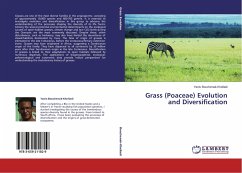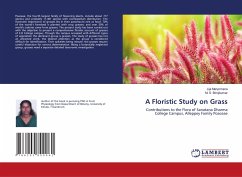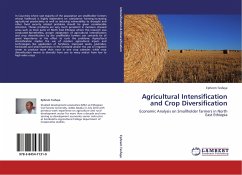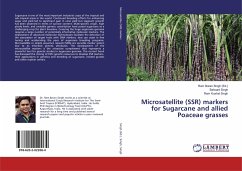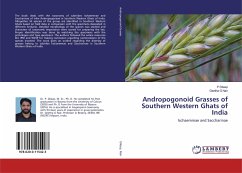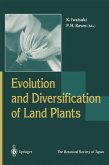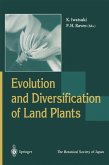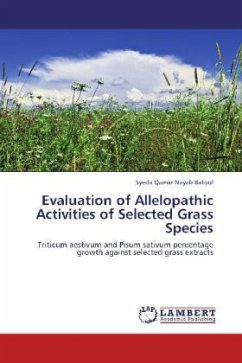Grasses are one of the most diverse families in the angiosperms, consisting of approximately 10,000 species and 600-700 genera. It is essential to investigate evolution and diversification in this group to advance the understanding of the processes shaping the diversity of its life forms. Among the several potential environmental determinants on the ecological success of open-habitat grasses, climate change and low CO2 levels during the Cenozoic are the most commonly discussed. Despite these, other disturbances, such as herbivory, may also have limited the abundance of closed-habitats dominated by trees. The time of origin of grasses is estimated to the late Cretaceous, before the Cretaceous/Tertiary extinction event. Grasses may have originated in Africa, suggesting a Gondwanan origin of the family. They have dispersed to all continents by 30 million years after their Gondwanan origin in the late Cretaceous. Diversification of grasses is linked to their adaptations to open habitats followed by numerous dispersals. The applications of biogeographical, ecological, paleontological and taxonomic data provide robust perspectives for understanding the evolutionary history of grasses.
Bitte wählen Sie Ihr Anliegen aus.
Rechnungen
Retourenschein anfordern
Bestellstatus
Storno

